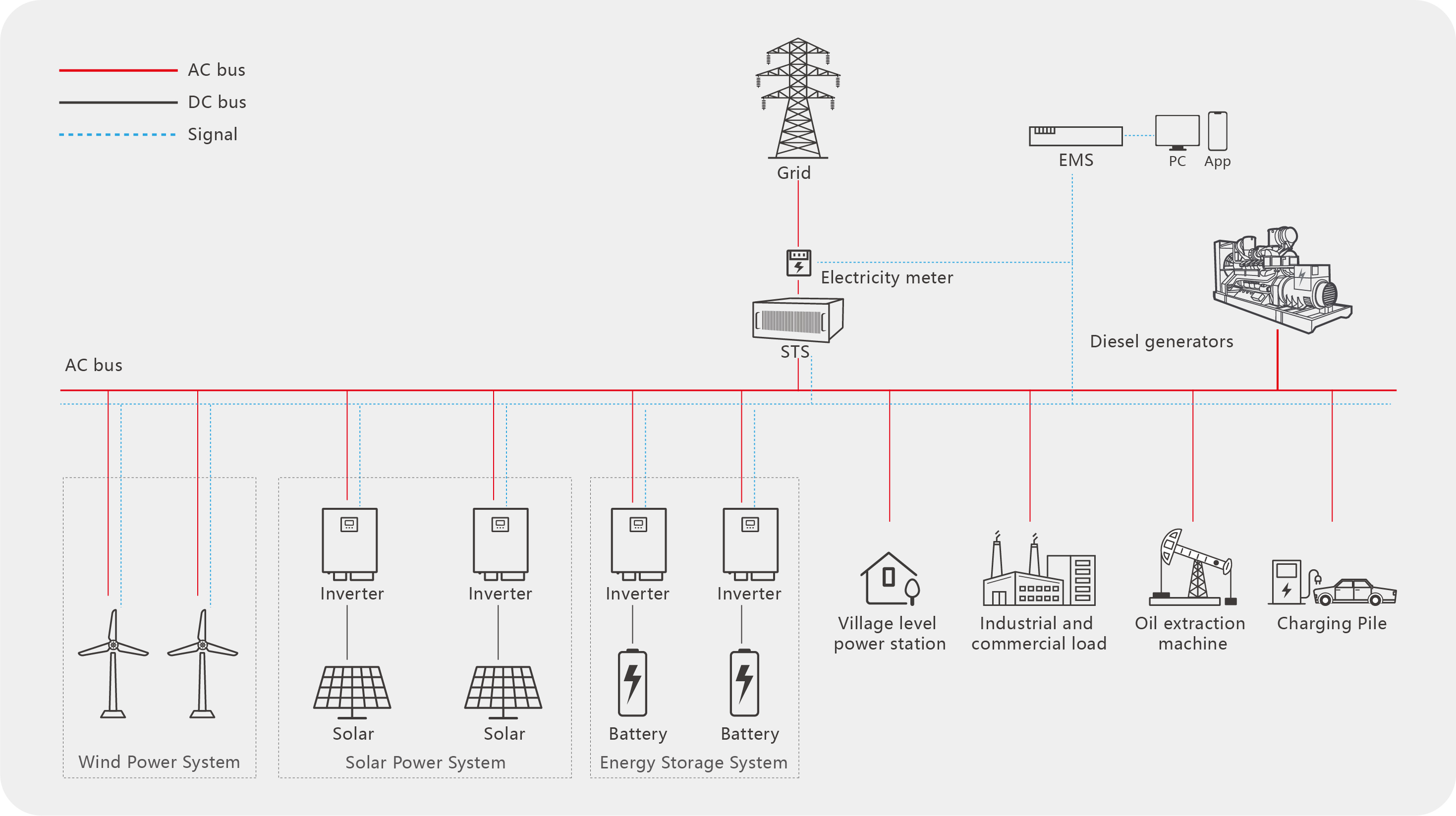 ستعلمك هذه المقالة عن الطاقة المتجددة
ستعلمك هذه المقالة عن الطاقة المتجددة
Sep 16, 2024
في السنوات الأخيرة، ومع تزايد الوعي بتغير المناخ، سعى المجتمع الدولي بنشاط إلى تحقيق وضع مربح للجانبين بين الاقتصاد والبيئة للحد من التلوث البيئي والحد من انبعاثات الكربون. وفي هذا السياق، أصبحت الطاقة المتجددة حلاً للطاقة المستدامة، بما في ذلك الخلايا الكهروضوئية وطاقة الرياح والطاقة المائية والطاقة الحرارية الأرضية وطاقة الكتلة الحيوية. وبالمقارنة مع الموارد غير المتجددة والمحدودة مثل الوقود الأحفوري والفحم، تنتج الطبيعة طاقة متجددة بشكل مستمر، ومعدل تجديدها أعلى بكثير من معدل الاستهلاك، وهو أكثر ملاءمة للبيئة. ولذلك، أصبحت الطاقة المتجددة محط اهتمام مجتمع اليوم، وتعتبرها العديد من البلدان مشروعًا تنمويًا مهمًا للحد من الكربون. واحدة من مصادر الطاقة المتجددة الأكثر شهرة هي الخلايا الكهروضوئية. تستخدم الخلايا الكهروضوئية الألواح الكهروضوئية لالتقاطها ثم تحويلها إلى طاقة كهربائية. في السنوات الأخيرة، استمر سعر الألواح الكهروضوئية في الانخفاض واستمر النضج الفني في التحسن، مما جعل أنظمة توليد الطاقة الكهروضوئية أكثر سهولة ويمكن استخدامها لتزويد المنازل والشركات وحتى المجتمعات بأكملها بالطاقة. مصدر آخر شائع للطاقة المتجددة هو طاقة الرياح. من خلال إنشاء توربينات الرياح، تتسبب طاقة الرياح في دوران الشفرات لتوليد الطاقة الحركية، والتي يتم تحويلها بعد ذلك إلى كهرباء. تحظى طاقة الرياح بالتفضيل على نطاق واسع في صناعة الطاقة العالمية. ومع تقدم التكنولوجيا وتحقيق وفورات الحجم، انخفضت تكلفة طاقة الرياح تدريجيا. وقد تمكنت العديد من البلدان والمناطق من إنتاج طاقة الرياح بأسعار تنافسية، مما يجعل توليد طاقة الرياح خيارا فعالا من حيث التكلفة للطاقة. وبالإضافة إلى ذلك، فإن موارد الرياح موزعة على نطاق واسع في جميع أنحاء العالم ويمكن تطويرها في العديد من المناطق، مما يمكن أن يساعد البلدان غير النفطية في تقليل اعتمادها على الطاقة المستوردة وزيادة استقرار إمدادات الطاقة. وبالإضافة إلى ذلك، تشمل الطاقة المتجددة أيضًا طاقة الكتلة الحيوية والطاقة الحرارية الأرضية. يتم الحصول على طاقة الكتلة الحيوية من المخلفات النباتية والحيوانية، مثل حرق الأخشاب لتوليد الحرارة. تعمل الطاقة الحرارية الأرضية على تحويل الحرارة الأرضية الحرارية إلى طاقة ميكانيكية، ومن ثم تحويل الطاقة الميكانيكية إلى طاقة كهربائية. بشكل عام، للطاقة المتجددة تأثير مهم على تحقيق تحول الطاقة والتخفيف من تغير المناخ، مع خلق مستقبل مستدام أيضًا. ومع التقدم المستمر للتكنولوجيا ودعم السياسات وتعزيز السوق، ستستمر الطاقة المتجددة في التطور بسرعة وستصبح قوة مهمة في السيطرة على نظام الطاقة العالمي المستقبلي.
اقرأ أكثر
 التقنيات الأساسية للشبكات الصغيرة
التقنيات الأساسية للشبكات الصغيرة
 ستعلمك هذه المقالة عن الطاقة المتجددة
ستعلمك هذه المقالة عن الطاقة المتجددة